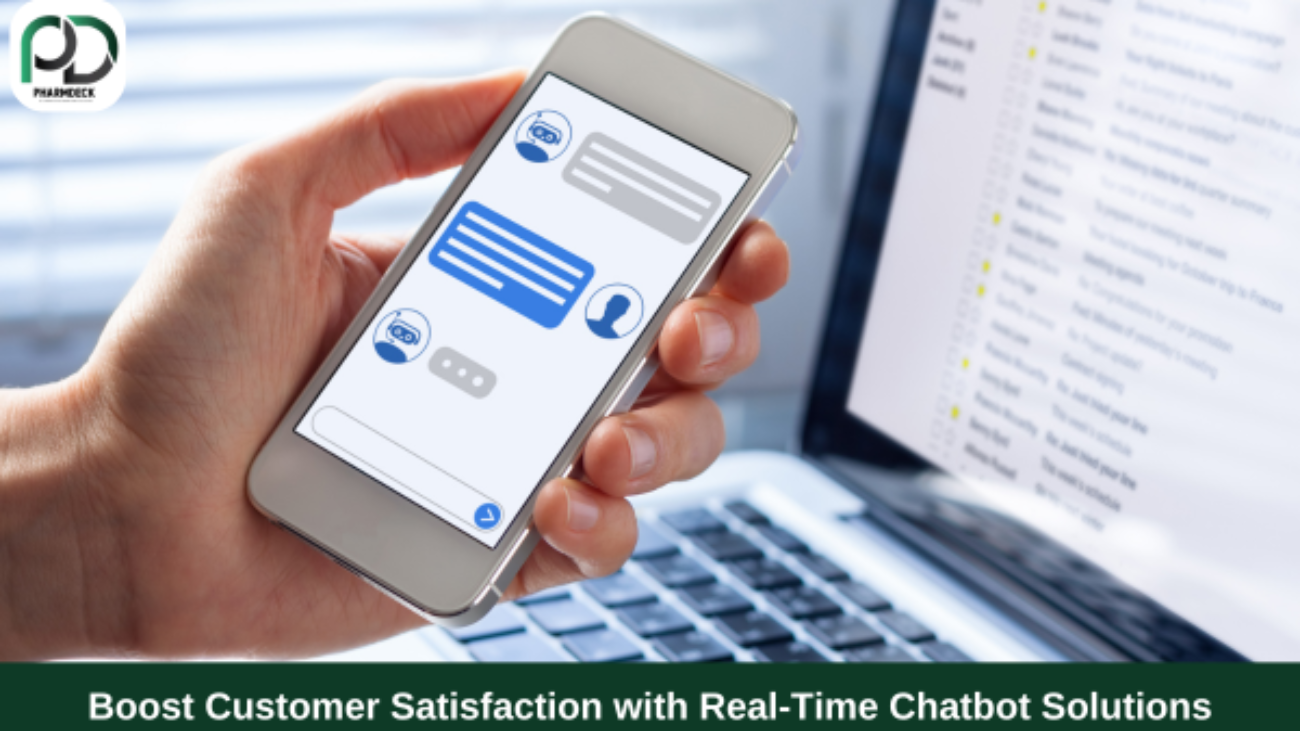As businesses gear up for the financial year 2025-2026, the importance of digital marketing strategies is more crucial than ever.
7 Social Media Marketing Trends to Watch in 2025
As we step into 2025, the world of social media marketing continues to evolve at a lightning pace. Keeping up with the latest trends is crucial for businesses to stay relevant and engage effectively with their audience.
Sustainability Metrics Every Marketer Should Know
As a marketer, understanding and tracking sustainability metrics can help position your brand as socially responsible while meeting consumer demands. Here are key metrics every marketer should know to align their strategies with sustainability goals.
Ethical AI: Balancing Innovation with Responsibility
As Artificial Intelligence (AI) continues to revolutionize industries, the conversation around ethical AI has become more critical than ever.
Budget-Friendly Digital Marketing Strategies for Startups
With smart strategies and the right tools, startups can effectively reach their target audience and build a strong online presence. At Pharmdeck, we specialize in helping businesses maximize their digital marketing efforts, even on a tight budget.
Dark Social: Understanding and Leveraging Invisible Traffic
In the ever-evolving world of digital marketing, “Dark Social” has emerged as a term that captures the mysterious and often overlooked side of online traffic.
A Guide to Creating High-Impact Landing Pages for Education Campaigns
A Guide to Creating High-Impact Landing Pages for Education Campaigns
From PUMA to PVMA: The Power of Marketing in Modern Branding
Recently, sportswear giant PUMA made headlines with a unique marketing move—temporarily rebranding itself as PVMA in honor of its ambassador, PV Sindhu. This bold move highlights how modern branding strategies rely on innovative and impactful marketing
Boost Customer Satisfaction with Real-Time Chatbot Solutions
In today’s fast-paced digital landscape, customer satisfaction hinges on timely and efficient communication. Real-time chatbot solutions powered by Pharmdeck ensure your customers receive instant assistance 24/7, enhancing their experience and building trust.
Elevate Conversions: How Landing Page Can Transform Your Business

In the fast-paced digital age, converting visitors into customers is the holy grail for businesses. Whether you’re a startup or an established brand, landing page builders like Unbounce and Leadpages can be your secret weapon for simplifying lead generation and boosting conversions.
In this blog, we’ll explore how these tools can revolutionize your marketing strategy, share a real-world success story, and give actionable tips to create high-converting landing pages.
What Are Landing Page Builders?
Landing page builders are tools designed to help businesses create highly targeted and visually appealing web pages without needing advanced coding skills. These platforms offer drag-and-drop functionality, pre-designed templates, and integrations with popular marketing tools, making them an essential part of modern marketing.
Why Businesses Love Landing Page Builders
Here’s why landing page builders are a game-changer:
- Ease of Use: Create professional pages without a designer or developer.
- Customization: Tailor your page to match your brand identity.
- A/B Testing: Experiment with different designs and content to maximize results.
- Fast Deployment: Launch pages in hours, not days.
Real-World Success Story: Coaching Institute’s 35% Webinar Registration Boost
Imagine this: A coaching institute wanted to increase webinar registrations but struggled with generic, cluttered pages. They turned to Unbounce to create targeted landing pages focused on their audience’s pain points.
The result? A 35% increase in registrations within just a month. Their secret was using:
- Minimalistic Design for clarity.
- Compelling Headlines that addressed audience needs.
- A Strong Call-to-Action (CTA) button that encouraged immediate action.
- Mobile-Friendly Pages for users on the go.
Quick Tips to Build High-Converting Landing Pages
Here’s how you can create landing pages that drive results:
1. Keep It Minimal
Less is more when it comes to design. Avoid clutter and focus on delivering a clear message.
2. Write Clear, Attention-Grabbing Headlines
Your headline should instantly capture attention and communicate your value proposition.
3. Add a Powerful Call-to-Action (CTA)
Use action-oriented words like “Get Started,” “Register Now,” or “Claim Your Free Trial.” Place the CTA button prominently and ensure it stands out.
4. Prioritize Mobile Responsiveness
Did you know that 58% of web traffic comes from mobile devices? Make sure your landing page is optimized for mobile screens.
5. Test and Optimize
Use A/B testing to see what works best. Test different headlines, colors, and layouts to find the perfect combination.
SEO Best Practices for Landing Pages
To maximize visibility and traffic, follow these SEO tips:
- Keyword Optimization: Use relevant keywords in your headline, subheadings, and throughout the content.
- Fast Loading Speed: Optimize images and code for quick load times.
- Meta Descriptions: Write concise meta descriptions that include primary keywords.
- Internal Links: Link to other relevant pages on your website to improve navigation.
- Track Performance: Use tools like Google Analytics to monitor traffic and bounce rates.
Conclusion
Landing page builders like Unbounce and Leadpages aren’t just tools—they’re catalysts for business growth. By leveraging their features and focusing on user-centric design, you can transform your marketing strategy and achieve impressive conversion rates.
So, why wait? Start experimenting with landing page builders today, and watch your conversions soar!










